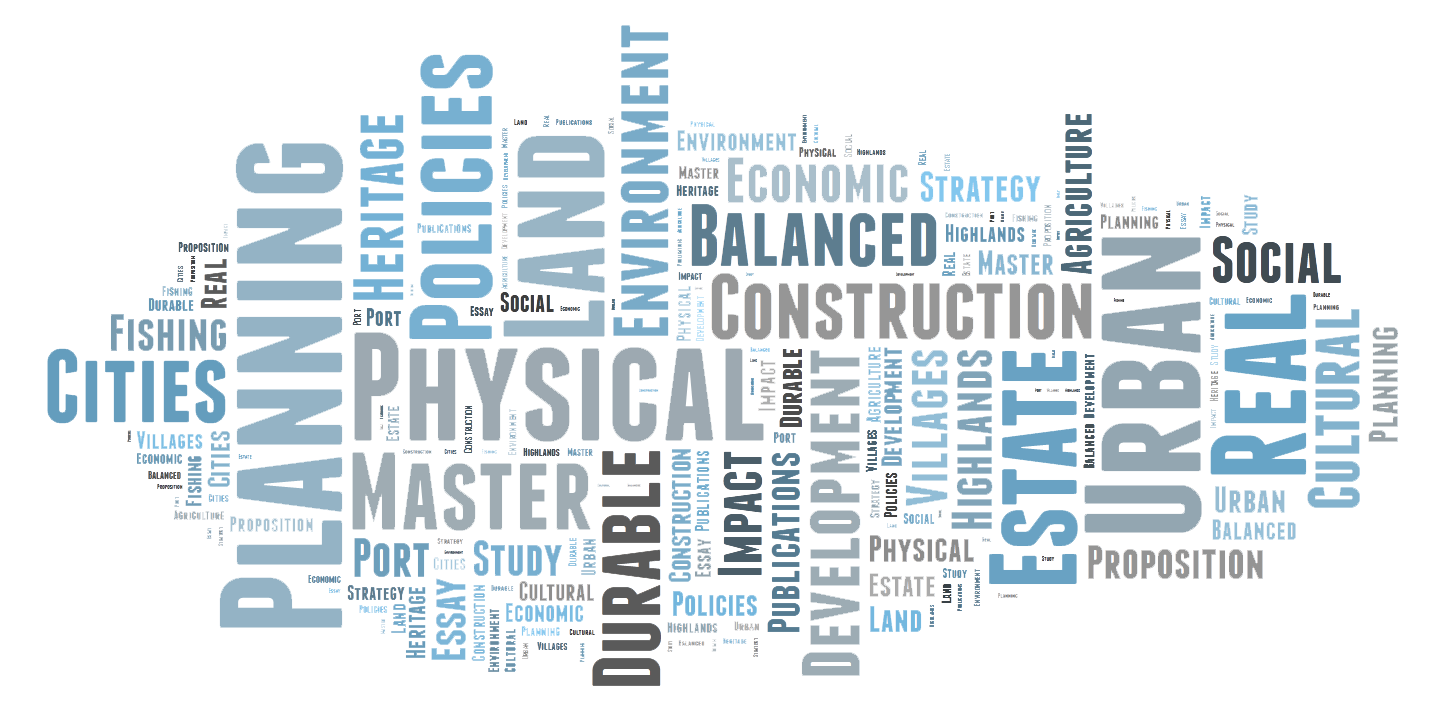Comprehensive physical and socio-economic study of the region of upper Batroun
Tannourine and the neighbouring villages in the highlands of Mount-Lebanon
Because of the author’s implication in both projects and following the request of the General Directorate of Urban Planning, this work was the first local study that fits within the frame of the National Physical Master Plan for Lebanon (NPMPL) and constitutes therefore a typical example.
The concerned area has been proposed within the NPMPL as one major « Regional Natural Park » in the country.
Table of contents [68,5 Ko – in arabic]
1. Physical characteristics of the site [14,8 Mo – in arabic]
2. Land and buildings use [1,4 Mo – in arabic]
3. Situation of constructions and housing units [473 Ko – in arabic]
4. Demography, residency, emigration [293 Ko – in arabic]
5. Communications, public equipments and infrastructures [113 Ko – in arabic]
6. Economic situation [126 Ko – in arabic]
7. Institutional framework and social services [84 Ko – in arabic]
8. Archaeological, cultural and natural Sites, environment [100 Ko – in arabic]
9. Conclusions and planning alternatives [14,8 Mo – in arabic]
10. Annexes [213 Ko – in arabic]

